When people discover my interest in long-range shooting, Extreme Long Range (ELR) often comes to mind. They frequently ask how far I shoot and what caliber I use. Beyond these common questions, there’s often curiosity about how to manage factors like heartbeat and the Earth’s rotation, likely influenced by portrayals in movies or books.
ELR shooting fascinates many because of the universal appeal of hitting distant targets and the challenges involved. This article recounts my journey to participating in an ELR match and shares insights I believe can help shooters interested in hitting distant targets, regardless of whether they plan to compete.
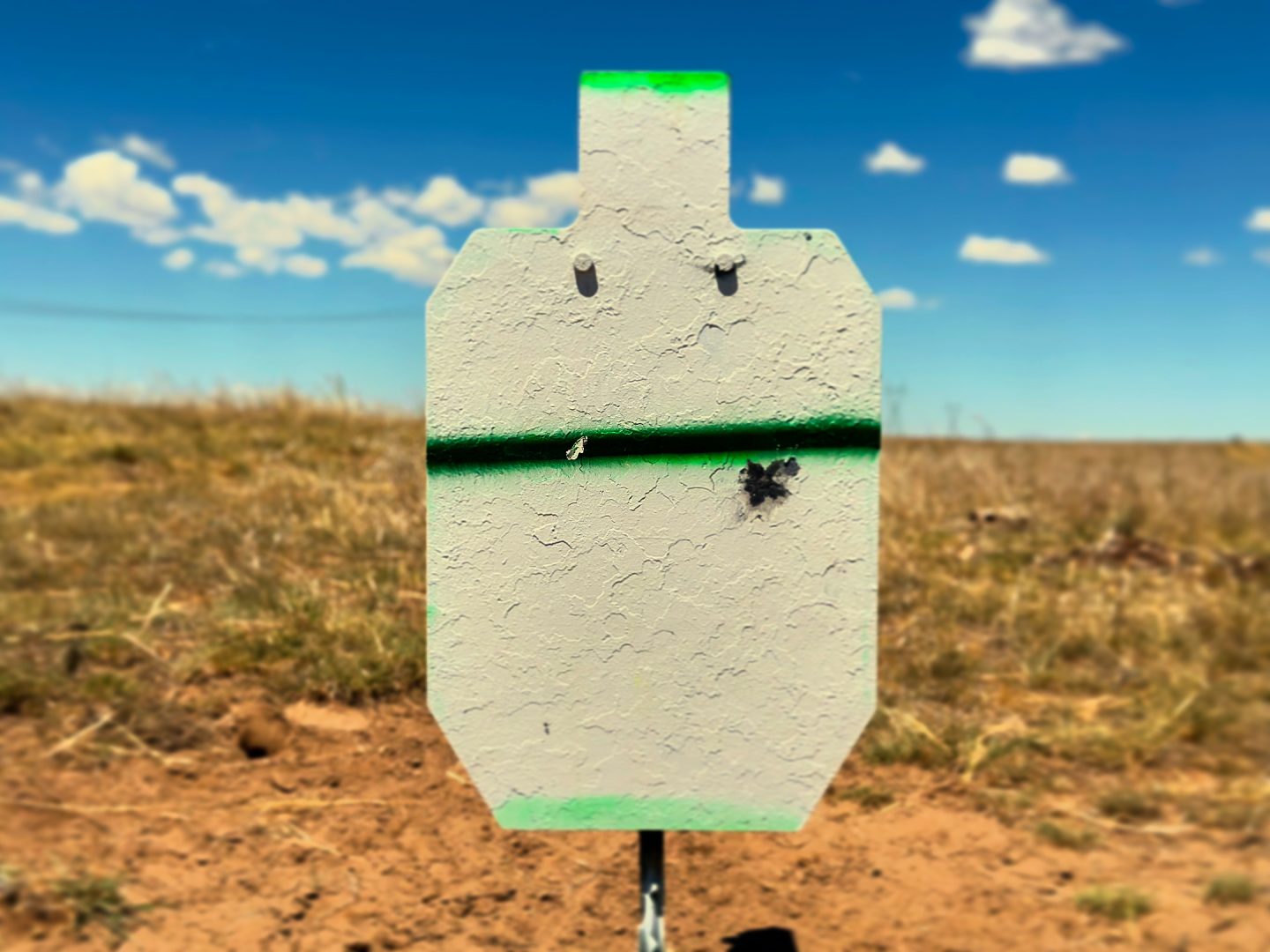
Journey to the Nightforce ELR Match
I have been competing in long-range shooting for many years. My performance in competitions has driven me to strive to understand various aspects of shooting to the best of my ability and always work to expand it. My goal has always been to be well-rounded rather than a master of a single discipline. This led me to explore different styles of long-range shooting. However, large-scale ELR competitions are rare, and life, work, and other commitments often prevented me from attending. This year, I finally had an opportunity to participate in one of two events I had my eye on.
ELR competitions have a mystique for new participants, but finding useful information can be challenging. To avoid getting bogged down with unnecessary details, I decided to focus on what I already knew from my shooting experience and approach the match with a “competition clinic” mindset. This meant treating the event as a learning experience rather than just a competition. I took it seriously, bought a notebook, and planned to record observations and data for each stage of the match in Wyoming.
Before diving into the event, let’s address the logistical hurdles:

The Logistics of Attending the Match
The Nightforce ELR match is held annually in Casper, WY. Registration opens months in advance, and due to its popularity, it sells out quickly—usually within an hour. I missed the initial registration but managed to secure a slot later. Many participants often sell their slots as the event approaches, so there’s usually a chance to get in if you’re patient.
Travel costs vary depending on location and lodging. For me, the drive was four hours, but others might need to fly, adding to the expense and risk. Additionally, the cost of ammunition is significant for ELR. I used 300 PRC Berger ammo, which cost around $800 for a case, more than the entry fee and hotel combined.
If you’re traveling to a match, bringing spare parts is crucial. Many participants had equipment issues on check-in day and couldn’t find replacements for their specific rifles. Unlike PRS or Hunter matches, where most rifles are similar, ELR competitors use a variety of platforms, making it essential to have what you need on hand.
Experience at the Competition
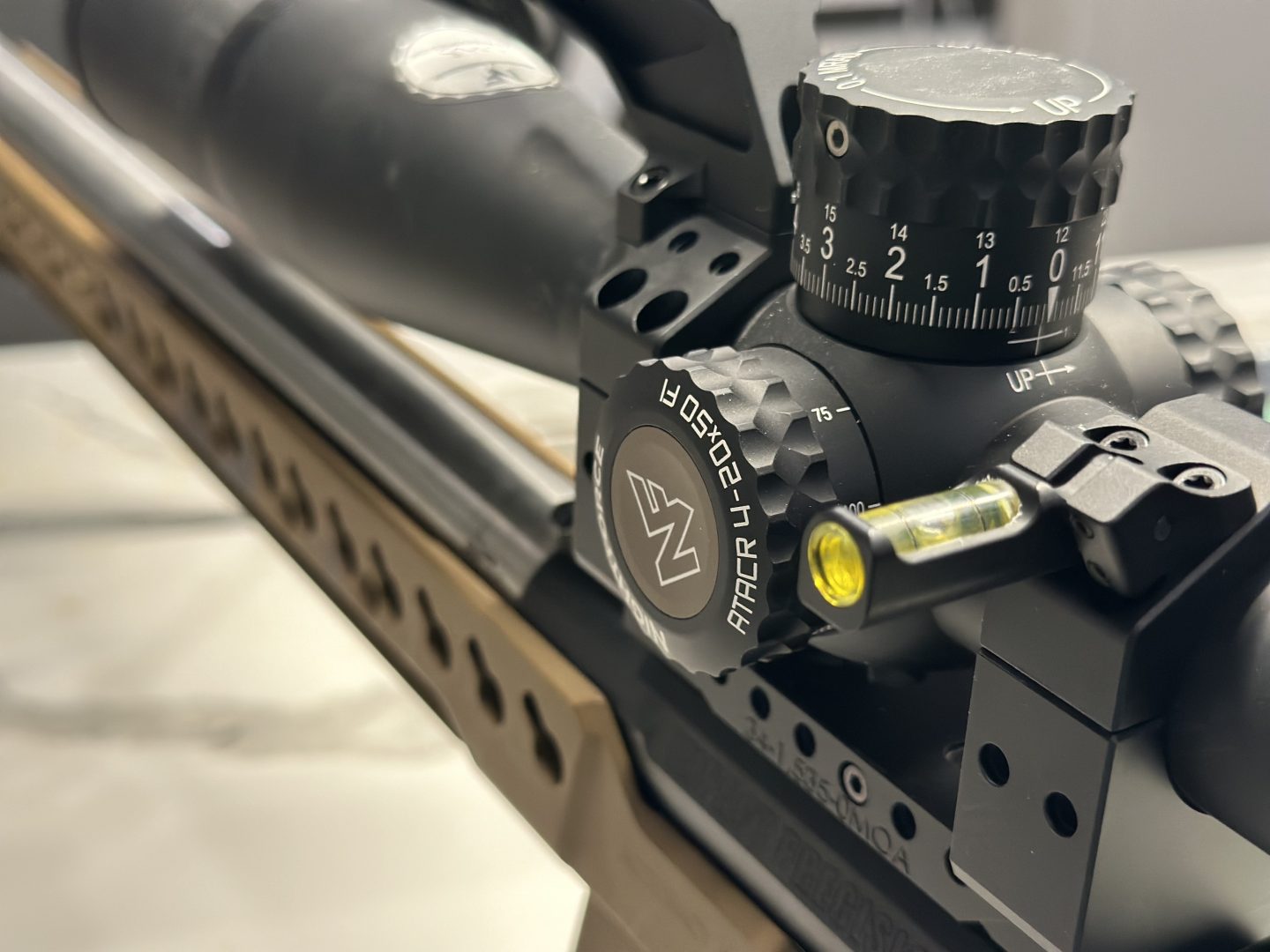
First Impressions and Challenges My initial impressions of the Nightforce ELR event were positive. The check-in process was smooth and professional. There were zeroing targets and some steel for verifying that systems had traveled well to the match. Despite the large scale of the event, the organizers managed everything efficiently, avoiding the logistical issues common in smaller competitions. However, there was one notable challenge I will discuss later.
For first-time participants, a few unexpected aspects and challenges stood out:
Equipment Parts Make sure to have spare parts and tools for troubleshooting equipment issues. ELR matches feature a wide variety of platforms, and parts compatibility can be limited. For example, one shooter had a firing pin issue with an AI MC and couldn’t find a replacement. Imagine traveling across states only to go home early because of a missing part.
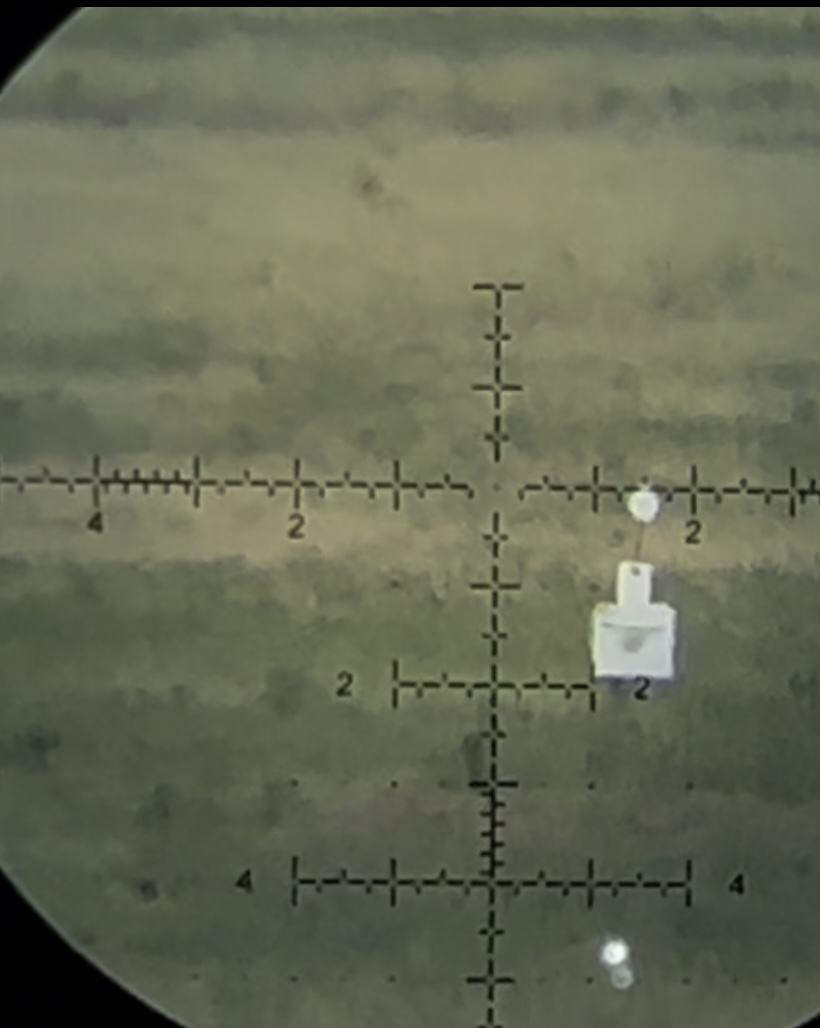
Shooting Under Pressure Competitions add pressures not present in regular training. If you’re unprepared for time limits and environmental factors like slope, wind, and mirage, your performance will suffer. Many shooters timed out while solving problems they hadn’t anticipated.
Have solutions ready for common issues:
- Dealing with mirage that obscures the target.
- Shooting up or down slopes and knowing how to adjust.
- Correcting high or low impacts and salvaging points.
- Reacting when you can’t see where your bullet landed.
Preparing for the pressures and challenges of a match can make a significant difference.
Technical Tip: Practice timed shooting sessions to simulate the pressure of competition. Shooting up to 8 rounds in 2 minutes while adjusting for elevation and wind can be daunting without prior experience. Additionally, plan for nutrition and hydration to maintain performance throughout the day.
Learning Through Experience Attending the match provided invaluable insights. Training at home can’t replicate the dynamic stages and challenging winds of a real competition. The match environment forced me to execute skills differently, enhancing my learning and improvement.
I approached the match with a plan to collect data and analyze it stage by stage. By writing everything down and reviewing it, I could troubleshoot and improve as the match progressed. This continuous learning process will help me start next year’s match from a higher level of understanding.
Technical Tip: Familiarize yourself with your equipment to ensure reliability during the match. For instance, I faced magazine issues and had to single-feed rounds for over half the stages. Although I adapted quickly, practicing this scenario in advance would have been beneficial.
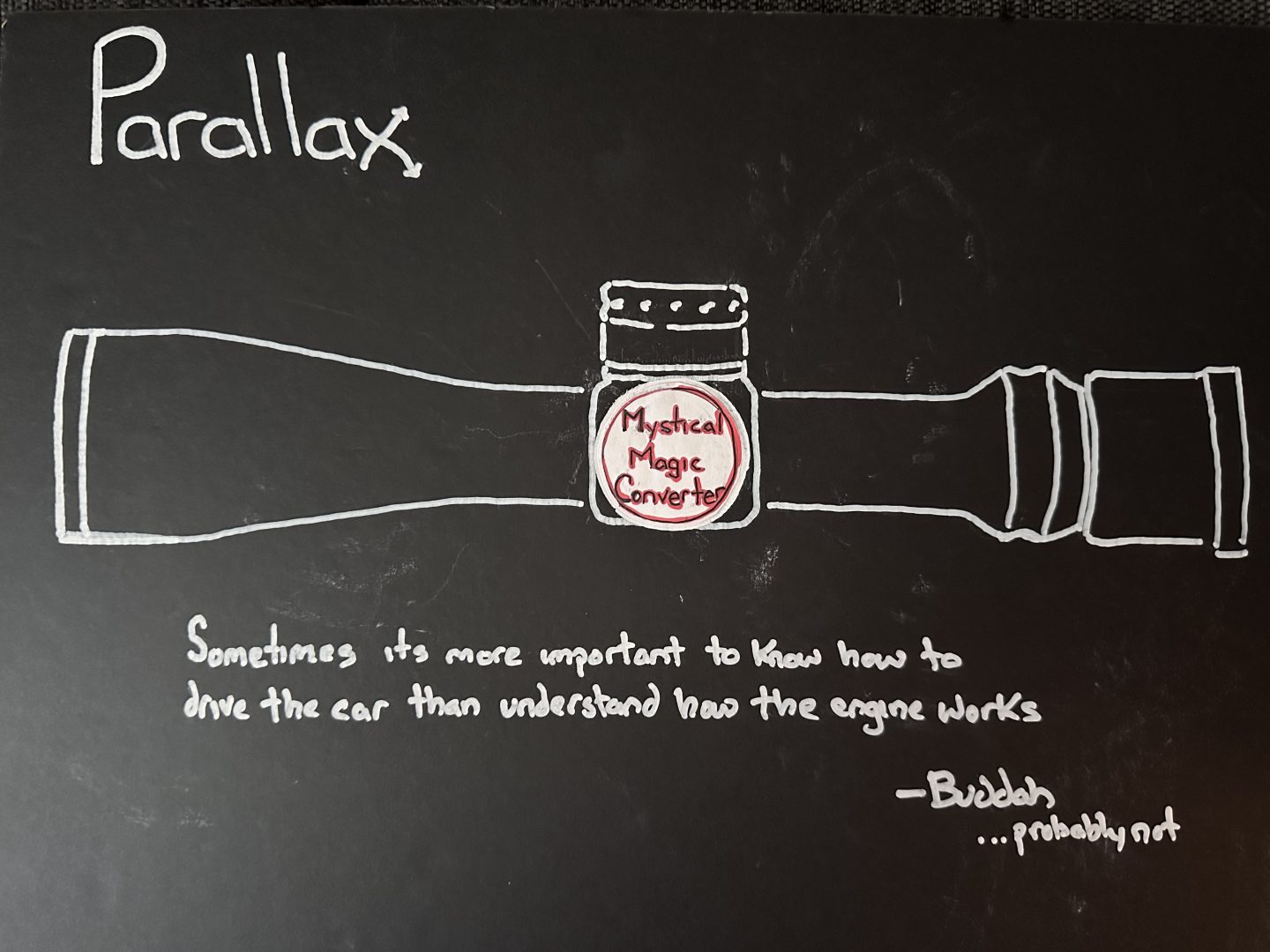
Understanding ELR Shooting Dynamics ELR shooting challenges fall into two main categories: ballistics and equipment. While related, each requires different considerations:
Ballistics A bullet slows down as it travels, increasing its time of flight and exposure to gravity. This results in vertical dispersion. Shooters often focus on velocity consistency to minimize this effect. For targets beyond 1000 yards, even slight variations in velocity can cause misses. Calculate the difference in your bullet’s high and low velocities and compare it to your reticle’s subtensions. If the difference exceeds the target’s height, you might miss even with perfect technique.
Equipment Precision equipment is crucial because the “cone of fire” expands with distance. More precise gear results in tighter shot groups.
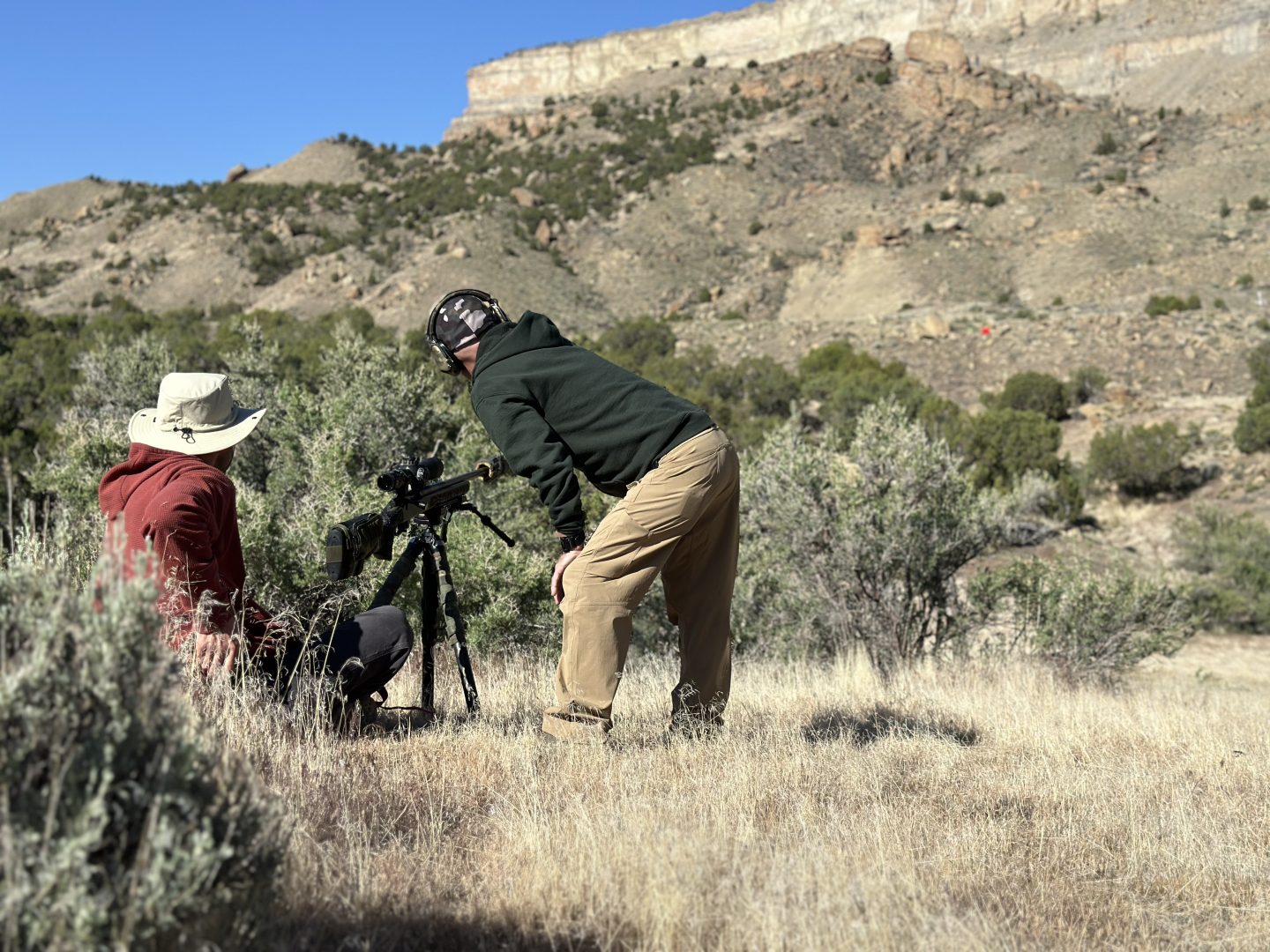
Essential Gear for ELR Competitions:
- Rangefinding binoculars: Accurate ranging is crucial.
- Solid bipods: Stability is key for precise shots.
- Shooting bags and tripods: They provide additional support.
Technical Tip: Choose a scope with enough elevation adjustment for long-range accuracy and ensure it has sturdy mounting. Any movement in your setup can significantly impact your shots.
Environmental Factors Weather and terrain significantly affect long-range shooting. During the event, I had to account for angles starting at 3 degrees to dial in the correct elevation. It took a few stages to fine-tune this, but my hit percentage improved as I adjusted.
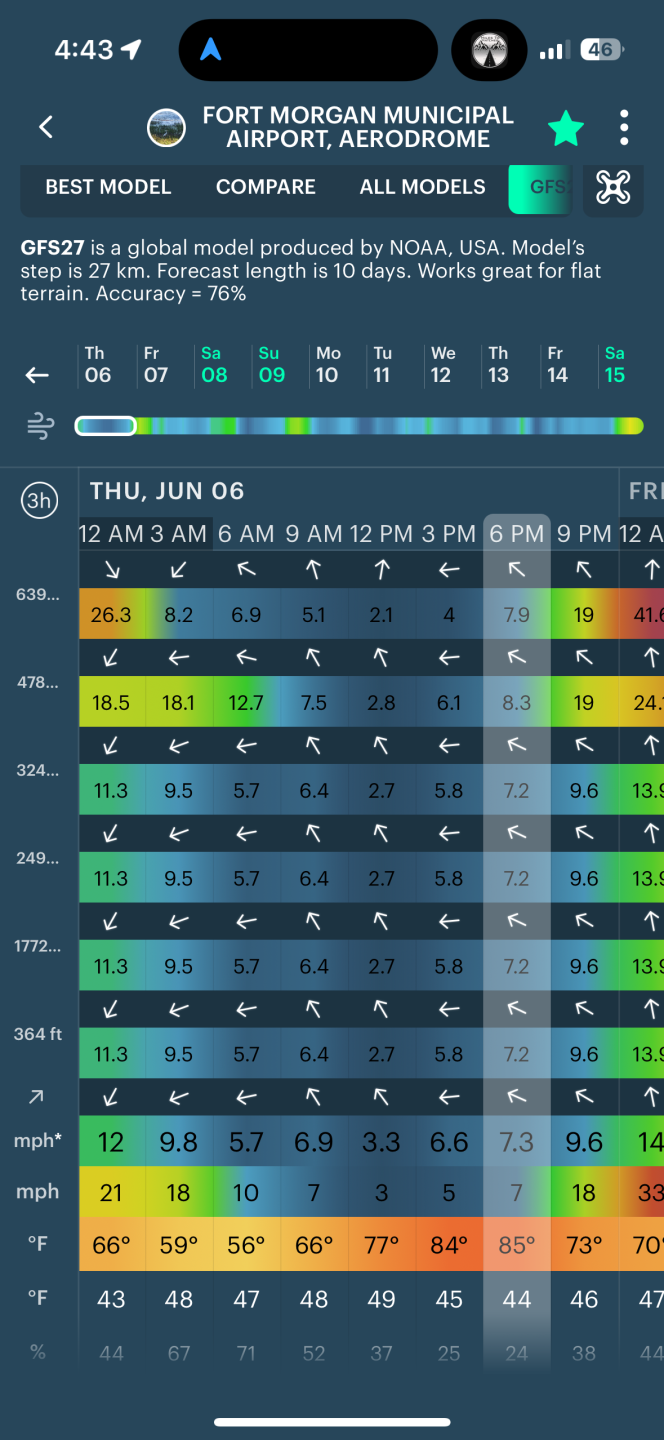
Technical Tips:
- Wind Drift: Apply similar strategies as you would at shorter ranges, even though the numbers are larger.
- Altitude and Temperature: Regularly update environmental data to maintain accurate Density Altitude. Changes throughout the day can significantly affect elevation.
Strategy and Technique My approach to planning and executing shots involved two phases:
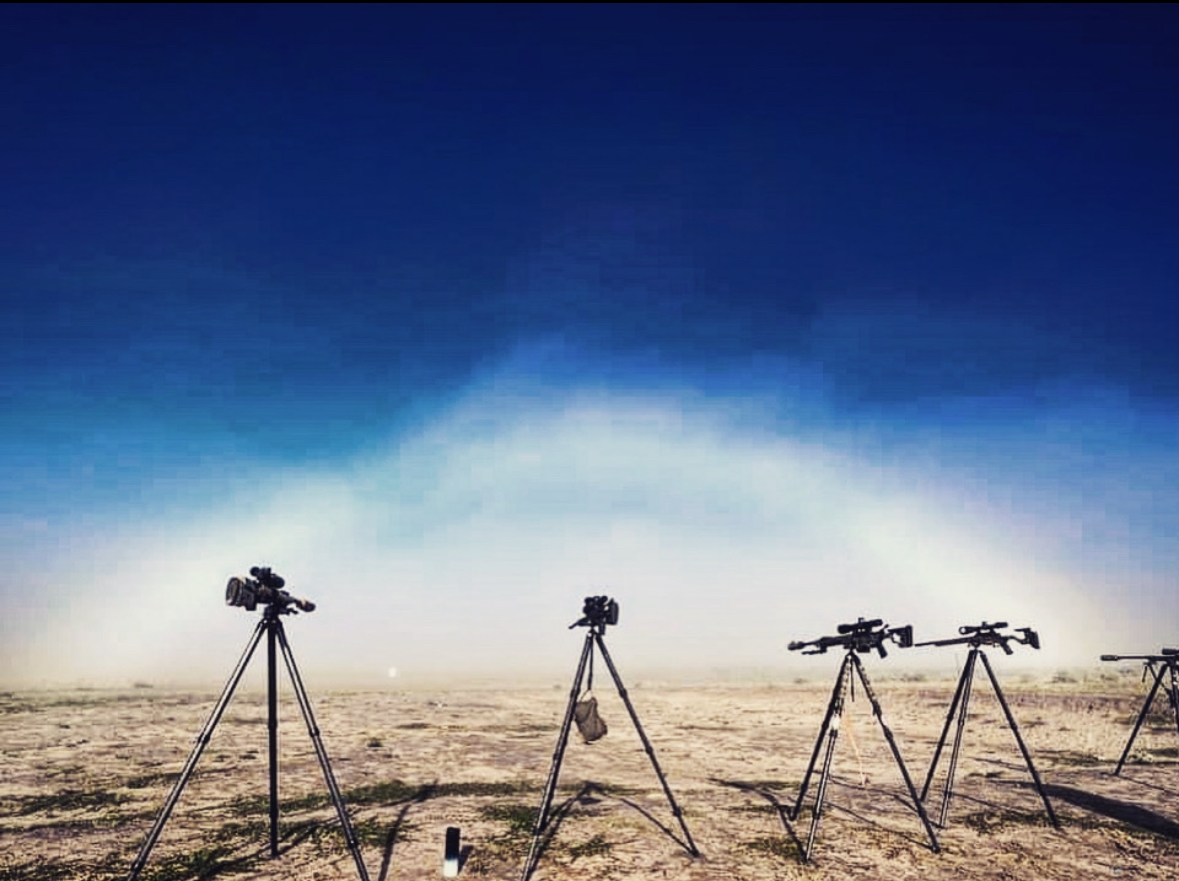
Phase 1: Pre-stage Routine
- Update environmental data.
- Check angles and locate targets.
- Make index markers for quick target acquisition.
- Hold off on final wind adjustments until close to shooting time.
Phase 2: Final Adjustments
- Compare general wind measurements with data from previous stages.
- Adjust the wind plan based on current conditions right up to the shooting time.
The Unique Appeal of the Nightforce ELR Match
What Makes Nightforce Stand Out Nightforce ELR is a premier event with a reputation for attracting the best shooters. Competing alongside top performers allows you to gauge your standards against the best under specific conditions. Observing what’s possible can inspire new goals and provide better information for improvement.
Community and Camaraderie Events like Nightforce foster a strong sense of community. Regular participants often form close-knit groups, but they also welcome newcomers, creating an inclusive atmosphere. I experienced this firsthand and believe others would too.

Conclusion
Reflecting on my experience, I aimed to gather and share as much information as possible from my first ELR match. Here are my key takeaways:
- Use ammunition with a minimum five-shot group under an inch.
- Ensure your ammo’s standard deviation (SD) is under 12 to avoid misses due to time of flight.
- Bring backup shooting bags.
- Know how to adjust your Kestrel for angles, direction of fire, wind, and environmental factors on the fly.
- Carry snacks and water to maintain energy and focus.
- Spend time shooting your system at distance to understand wind effects and gather data in different conditions.
- Develop a strategic plan for troubleshooting stages and between stages.
I hope this encourages aspiring participants to attend an ELR match. My experience was overwhelmingly positive, and stepping out of your comfort zone is crucial for growth. To achieve new results, you must try new things—this philosophy applies perfectly to ELR shooting.
https://riflekraft.myshopify.com/blogs/blog


